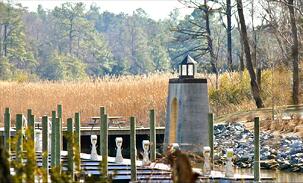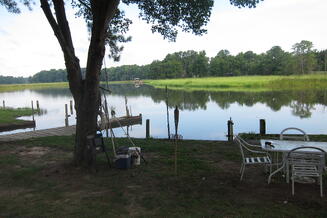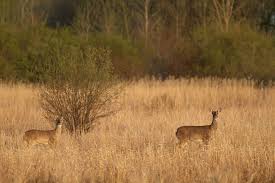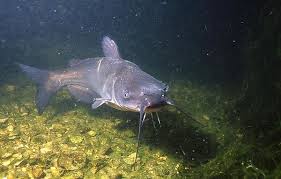As Thanksgiving approaches, it's only appropriate to say what we can be thankful for on the Northern Neck:
Four Seasons:
It's no coincidence that thousands of people decide to retire in the Northern Neck. The mild climate gives the Northern Neck four full seasons and in each season, a new beauty. Whether you're on the shore to watch a summer sunset, driving through the fields at harvest time, cozied up in a winter snow storm, or smelling the first blooms of Spring. The seasons aren't too long and they're not too extreme.
I'm thankful for four seasons.
The Water:
The weather is great but most people are attracted to the Northern Neck because of the water. There are several aspects to the thousands of miles of coastline that we can be thankful for: beautiful bridges, marshland that provides habitat to hundreds of species of wildlife, boating, beaches, and spectacular views.
I'm thankful for the water.
Wildlife:
The mixture of brackish river water and fresh inland water makes the Northern Neck unique in it's array of wildlife. It's not unusual to see deer and turkey in the evenings or possum and raccoons at night. Occassionally you might get a glimpse of a fox or coyote but you'll always see the turkey vulchers scavanging for their next meal. At water's edge, you have the chance to see herron, eagles, and other water fowl as you watch fish jump at bugs on the water. You may also get the chance to see falcons dive in the water after fish. Wildlife is definitely thriving on the Northern Neck!

I'm thankful for Wildlife.
Small Towns:
The Northern Neck has one town (Colonial Beach) with a population over 2,000 people (3,500). These small towns thrive by showing genuine hospitality to visitors to the area. From Farmer's Markets to Festivals to Fairs; these small towns have the home town feel irreplaceable to residents. One unique aspect of the towns here is that there is an emphasis on retirees and vacationers. So there are shops, restaurants, golf courses, and other ammenities specific to tourists and retirees.
I'm thankful for small towns.
At this time of year we can all take a moment to recognize the things we're thankful for and find ways to express that gratitude. Living in a free land with great weather, water, wildlife and towns makes the Northern Neck one of the best places to live!


 So the debate rages on—Where is the best place to buy waterfront property in the Virginia area?
So the debate rages on—Where is the best place to buy waterfront property in the Virginia area?